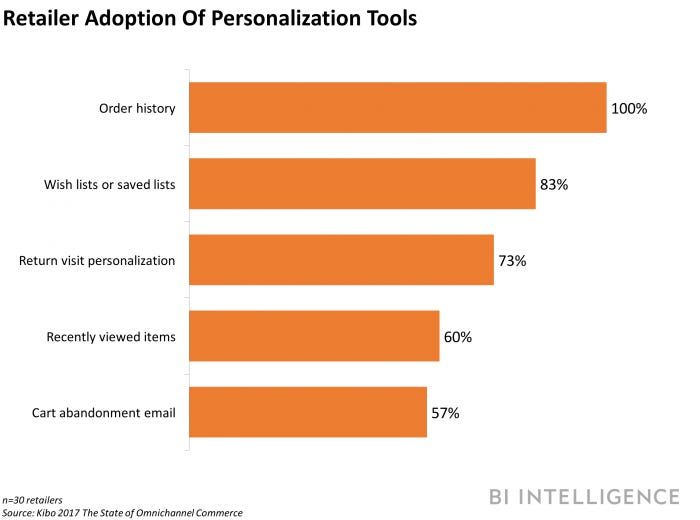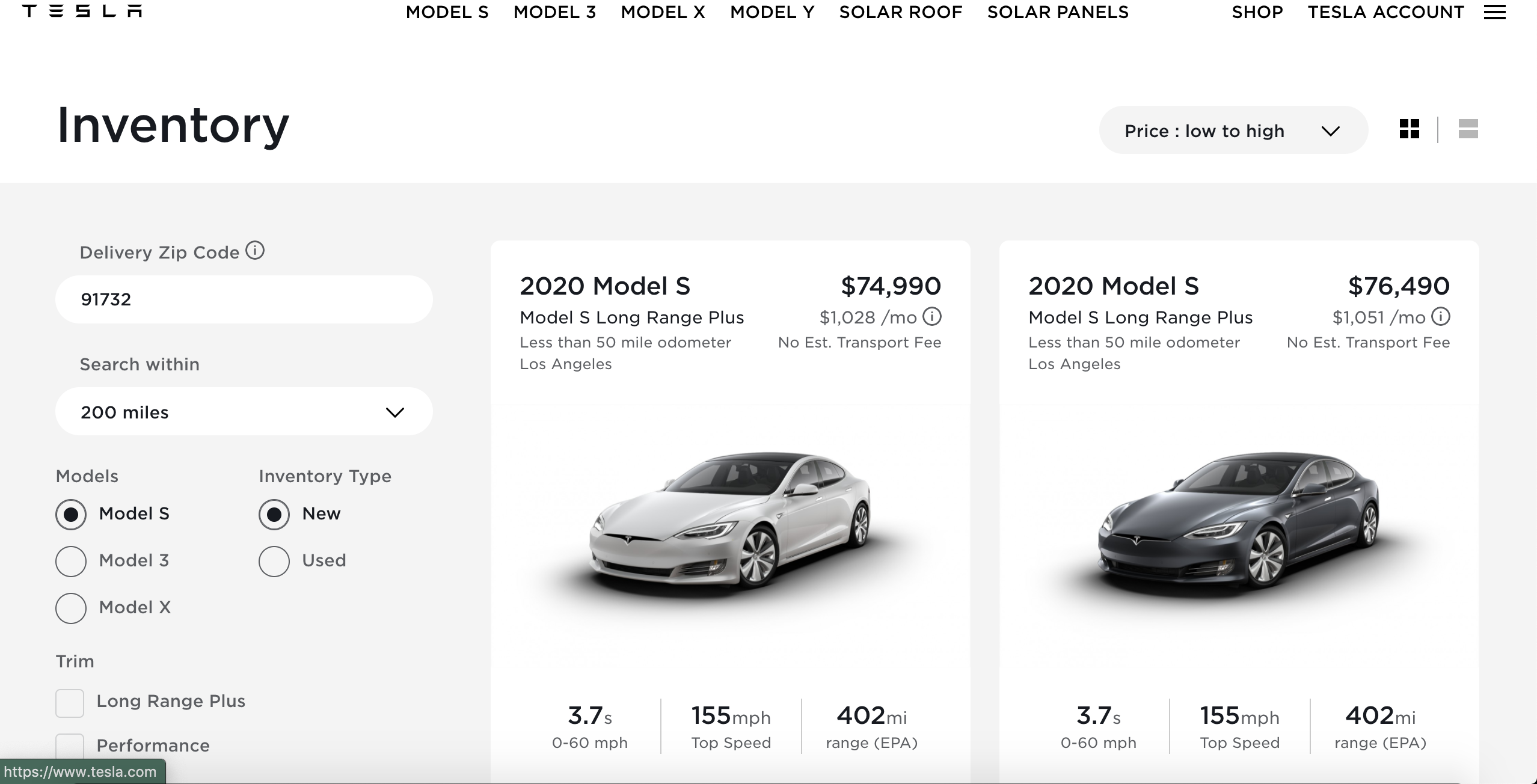One of the struggles that every business faces are how do you keep a customer loyal and satisfied. The definition of good customer service is vastly different than what it used to be just a few decades ago. The majority of companies are developing digital tools to keep customers happy. Businesses are asking themselves. How can I stand out from my competitors? Customer experience management is a tool that helps to attract new customers and retain them.
Learn more about digitization trends in our previous blog.
According to Gartner- Customer experience management (CEM) is the practice of designing and reacting to customer interactions to meet or exceed their expectations, leading to greater customer satisfaction, loyalty, and advocacy.
Early-stage products
In the first stages of a product, businesses want to know how they can acquire new customers and earn their loyalty to retain them. The most challenging part of every business is to sign up new customers. For example, how can I make the experience as smooth as possible for the customer? Many times customers sign up for a new service; they feel pressured, which can turn them away from buying the service or product. Customer experience management can help a business find a way to make the signup process feel more natural.
Mature products
In the mature stages of a product or service, it is when a business has the customer and is trying to retain them. Customer experience management practice can help to create a positive experience that exceeds expectations. You do this by gathering information about the customer by asking them questions, surveys, and research. Customer research helps a business understand their customer and give the customer personalized experience. Forty-four percent of consumers said they would repeat purchase after a personalized experience. Personalization leads to more loyal customers.
Growth-stage product
Services or products can become old, and customers will start looking for other options. The CEM helps businesses figure out new channels that can improve their customers' interactions with online and offline products and services. From engaging mobile apps or through other touchpoints, customers interact with the brand. It is a never-ending process, but CEM is critical to growth based on customer loyalty and advocacy.
Customer-first culture
Creating a culture that focuses on the customer will guarantee a positive experience. Designing tools that will keep a customer satisfied will go a long way. Such as making the customer feel they are buying in person, up to date information, quick service, and easy buying process.
For example, Amazon has mastered this strategy and is on top. Their digital interactions have the consumers feeling they are walking through an aisle at a store. They do this by having a variety of different products. Consumers no longer feel the need to go to a store but rather shop from their digital devices.
Also, when a user places an order on Amazon, it gives the customer date of arrival. If a customer is an amazon prime member, amazon delivers their order within 2-3 days. Also, on the delivery day, amazon gives the buyer updates about their package. They communicate with customers about when their product should be arriving. Amazon's delivery system is the best and provides the user with a positive experience.
The Amazon buying process is straightforward. Users search up the item that is needed and add it to their shopping cart. From there, they can make a purchase. Amazon also does subscription-based services in which consumers can make a monthly purchase of a product. Amazon makes buying easy and simple; people no longer want to go out of their way to go to a store. Instead, they rather go on their phone and make the purchase and have it delivered. Amazon is the biggest seller because of its customer experience.

Personalized interactions
Building a personalized strategy for consumers is the key to success for many businesses. 40% of executives say personalization has an impact on sales and profits to direct-to-consumer channels. Using personalization will allow them to show products to interested consumers, which can lead to more sales and satisfied customers. For example, what's the point of showing women shoes to a male millennial who is interested in buying running shoes. Suppose you were to show men's running shoes on their feed. They are more likely to make the purchase or look for more.
Two examples of companies that use personalization to perfection are Netflix and Amazon. Netflix uses personalization to recommend shows to users. It does this by analyzing what the viewer watches from the type of genre, network, actors, etc. It gathers all this information and uses it to recommend movies and shows. The viewer has something to watch after they finish with a play or a film. Netflix keeps the viewer engaged with the service and gives them a positive experience, Which is the biggest reason it has become the largest streaming service.
Amazon uses personalization to recommend particular products to users. For example, if a user buys a notebook, amazon will recommend other products that the user might need, such as pencils, backpacks, folders, etc. This feature allows reminds the user to buy other necessary items that they might have forgotten otherwise. Also, Amazon uses the buyer's purchase history to recommend products. As a result, Amazon grew to become the largest online retailer.
Read more about the buyer's journey in our previous post.

Simplicity is Key
One of the more powerful tools a business can have is simplicity. Consumers will always prefer simple over complicated interactions. Nobody wants to spend more than 10 mins to purchase an item. If an app or website is too hard to use, the consumer will log out. People want something easy and less time-consuming.
Tesla has changed how buying a car is done. Tesla has made it buying a car by merely going digital. For example, a consumer can now buy a vehicle through Tesla's website or app. They can pick what model they want, color, features, etc. If the consumer is interested in leasing the car, they can do online. Also, if the person wants to test drive a vehicle, they can make an appointment online and show up to go it. People no longer have to do to a dealership and pushy salespeople. It changes how people feel about buying cars; it made it easy for them. This new form of selling has allowed Tesla to become the top car company in the U.S.

Employee-facing
Having CXM in the work environment will make the employees' jobs more manageable, which leads to better results for the business. CEM gives a large number of tools to a worker. Such as a large amount of information on a customer that can help sell to a customer. For example, a company forms a team of salespeople. Based on the customer data, each salesperson can understand a potential customer that they need to acquire. The company can provide the employee with important information about the consumer, such as their business needs, budget wants, etc. The salesperson gets to know the consumer better and, in turn, giving a personalized experience to the consumer. Also, apps and websites can help consumers understand more about the business. In return, employees don't have to spend as much time explaining. CEM not only benefits the consumers but the employee as well.
Customer-facing
CEM is a fantastic tool that can be used for a business to stand out from its competitors. For instance, an app that provides a personalized experience to each customer allows them to reorder previous orders. Also, it recommends products that may interest the consumer. It makes the customer feel important and have a personalized experience. Creating positive experiences for consumers will have a substantial return on investment. Consumers will not feel pressured to sign up, enjoy the content they are seeing, and like the interaction. Consumers now are not only shopping for the lowest price or the best product available. They also take into consideration the experience they had while shopping at the business. That is why CEM is a versatile tool for any business.
Downturn
The pandemic of 2020 has changed how businesses operate. It is a challenging moment for both companies and consumers. CEM can still help during moments like these with figuring ways to keep customers satisfied.
During moments like these, companies should show empathy towards consumers. Being able to give consumers what they need goes a long way. Suppose consumers aren't able to walk into a store. Then the business should be able to provide them with the same experience through their apps or website. Having the products in stock, accurate delivery days, up to date news, and fast delivery service.
Another thing a business should be aware of is their prices. During the downturn, the economy drops and less money to spend on consumers. A company should look for ways to save money and cut expenses. It lets them lower their prices and have customers happy.
Overall, the consumer will have a great experience. In return, the customers will most likely return in the long run.
Conclusion
Customer experience management can help any business stand out from the competition. If interested in leveraging your CEM, you can book a free consultation with Designial.